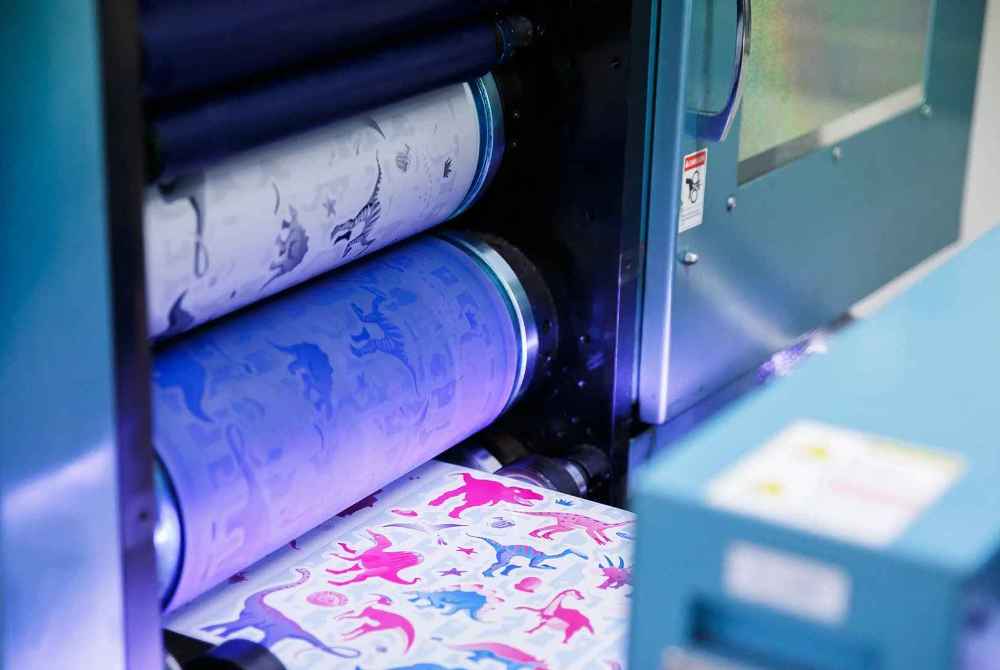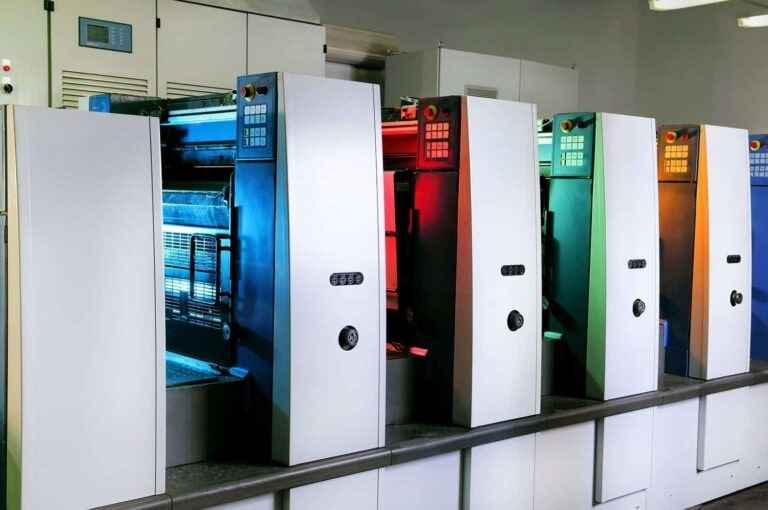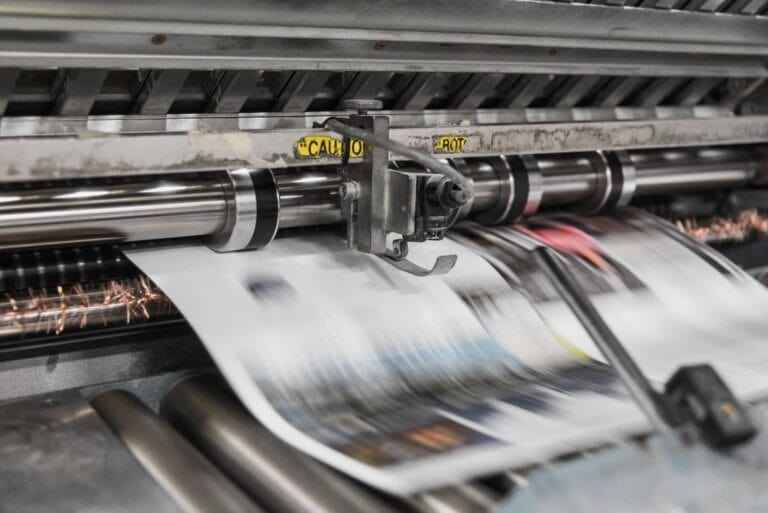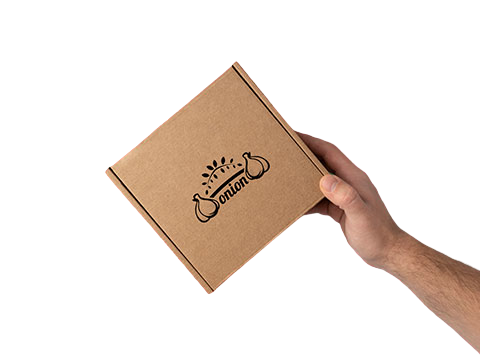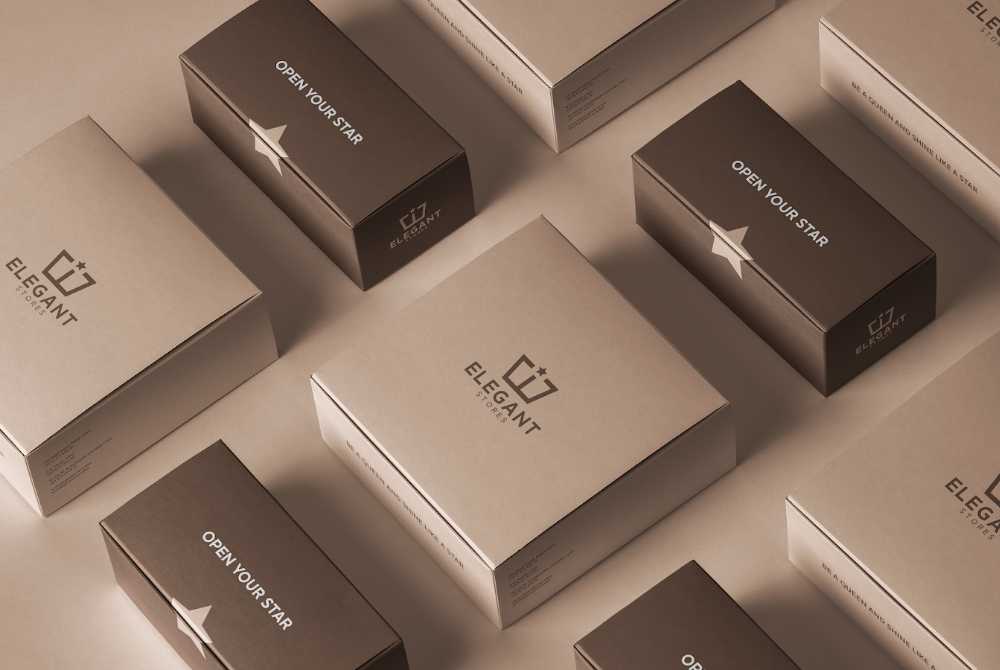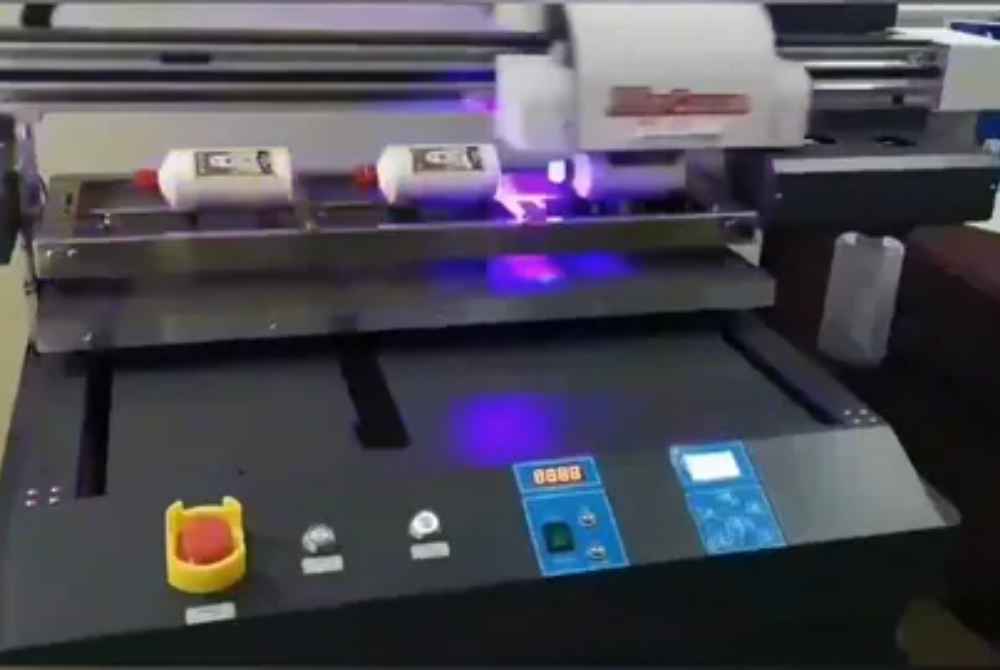What is Offset Printing?
In offset printing, ink Plates are transferred to rubber rollers and then applied to a printing surface. It is a low-cost, high-quality method of printing custom boxes, magazines, and other items.
In offset printing, images are transferred. A plate (usually aluminum) is the Printing surface transferred to a rubber blanket. In offset printing, ink transfers an image from a plate to a blanket.
Offset printing presses were developed in 1875 for printing on tin and improved in 1904 for printing on paper. Nowadays, offset printing is also called lithography. A lithograph is a print made from stone. As a result, the very first printing plates were not made from aluminum but from limestone, which was more affordable at the time.
What a long way we've come.
Offset Printing In The Modern Age.
Printed packaging is a complex process that you might need to think more about. All files are processed correctly during prepress production, which means they're converted to CMYK and finalized, and plates are made for each color as needed.
Despite not realizing it, you are surrounded by offset lithography. This method is typically used to print magazines, brochures, stationery, and books. Computer-to-plate systems produce higher-quality results than computer-to-film systems. Compared to other printing methods, it is also much more affordable.
Choosing between digital and offset printing for packaging is often a question. Your answers to this question will depend on your responses to several questions outlined below. Let's start with a common question we receive: What's the difference between offset and digital printing?
How Do Offset and Digital Printing Differ?
The printing process uses wet ink and printing plates for offset printing. Due to several steps that need to be set up, it takes longer to produce, and the finished product must be dry before it can be shipped. However, offset printing is more economical when printing large quantities of a particular design.
Consider digital printing (formerly called "copying"). A digital printout is produced directly from an electronic file. Brochures, business cards, and posters are the most common items printed digitally. Digital printing still cannot match offset printing's color spectrum because of its limited number of ink colors. However, digital printing is on par with offset printing's quality.
It is important to know the core benefits and drawbacks of each printing process before making your final decision:
Printing With Offset Has Many Benefits.
The image quality of offset printing is unmatched. Offset printing is the best way to produce distinctive, clean, beautiful typography and images that are vibrant, rich, and spot-on in color.
Offset printing produces beautiful results on nearly any material. It's also highly economical if you have many packaging orders.
Printing Digitally Has Many Benefits.
The digital printing process ensures that every piece is identical to the previous one. With digital printing, the price per unit is cheaper for low-volume packaging design projects. Eventually, offset printing catches up here with large jobs. Digital printing has the advantage of allowing you to change information even during a single print job.
Printing With Offset Has Its Drawbacks.
If you don't work with a printing manufacturer that provides free plates and dies, you'll have to invest money upfront. It will take time to create the plates that fit your particular design. However, suppose you create a product packaging design that is immensely popular. Since offset printing has already been done, you'll save money over the long term, as it's practically infinitely scalable.
Digital Printing's Drawbacks
If you want perfect, spot-on color, digital printing may not be for you. Digital printing also offers fewer options for materials that can be printed on.
The Difference Between Digital and Offset Printing
Although the differences and drawbacks between the two types of printing might seem minor, there are several other factors to consider when designing and printing your packaging. If you want to narrow down the right choice for your needs, ask yourself the following questions:
Would You Like It As Soon As Possible?
It takes time to create the plates and process them for offset printing. A last-minute decision is not possible. Digital is by far the best option for last-minute work. When offset printing processes are set up, larger print jobs can be printed more economically and easily. Over time, offset printing will become much more scalable.
How Will You Handle The Material?
Offset printing is the best option for your packaging to stand out. Various materials can be used with the designs transferred to the plates.
Is It Important For The Colors To Be True?
If you need a lot of a certain color, offset printing can achieve a more precise or unique blend. Despite digital's improved ink blends, offset still holds the crown for color purity since it allows for a broader spectrum of colors using different types of inks.
How Big Is The Project?
Offset printing will be more economical for over 500 pieces. Additionally, you'll enjoy superior quality and vibrant colors. Because offset printing requires an up-front investment in creating plates and other items in the preprocessing stage, digital printing may be a better option for smaller packaging runs.
The Reasons We Recommend Offset Printing
You will see that offset printing is an economical way to create packaging that stands out in most cases for more than 500 pieces. It offers the most color choices and is high-quality, so you can be sure the result will exceed your expectations. Furthermore, offset printing lets you scale your product packaging operation as needed. It's possible to print on many types of materials, allowing you to make your retail packaging design truly stand out.
Offset printing offers superior quality, precise color, unique materials, and scalability.
If I Still Have Questions, What Should I Do?
Understandably, you have questions about your packaging project. Our comprehensive A-Z guide to packaging definitions can help you learn industry terminology as you design your custom boxes, and our specialists are available to answer any questions you might have.
Making a product stand out with the right packaging, from design to packaging materials to setup and pricing, is possible. Your packaging design and every step of the packaging process should be handled by packaging experts with the knowledge, experience, and expertise to bring even complex packaging challenges to life with vibrant and brilliant style.
To learn more about offset printing and our printing processes or to get a quote for your packaging needs, feel free to contact Luxury Custom Boxes for a free quote. Our team will take the time to understand your product, your vision for its packaging, and the tone you wish to convey. We can help you bring your product packaging vision to life with our comprehensive packaging design and printing services. Contact us today!


